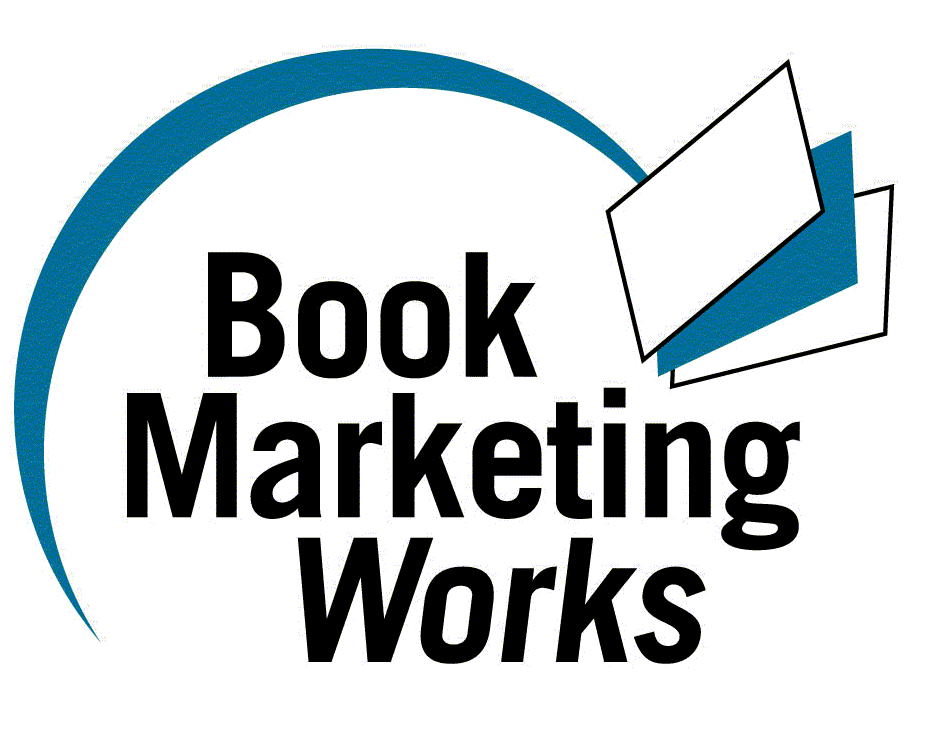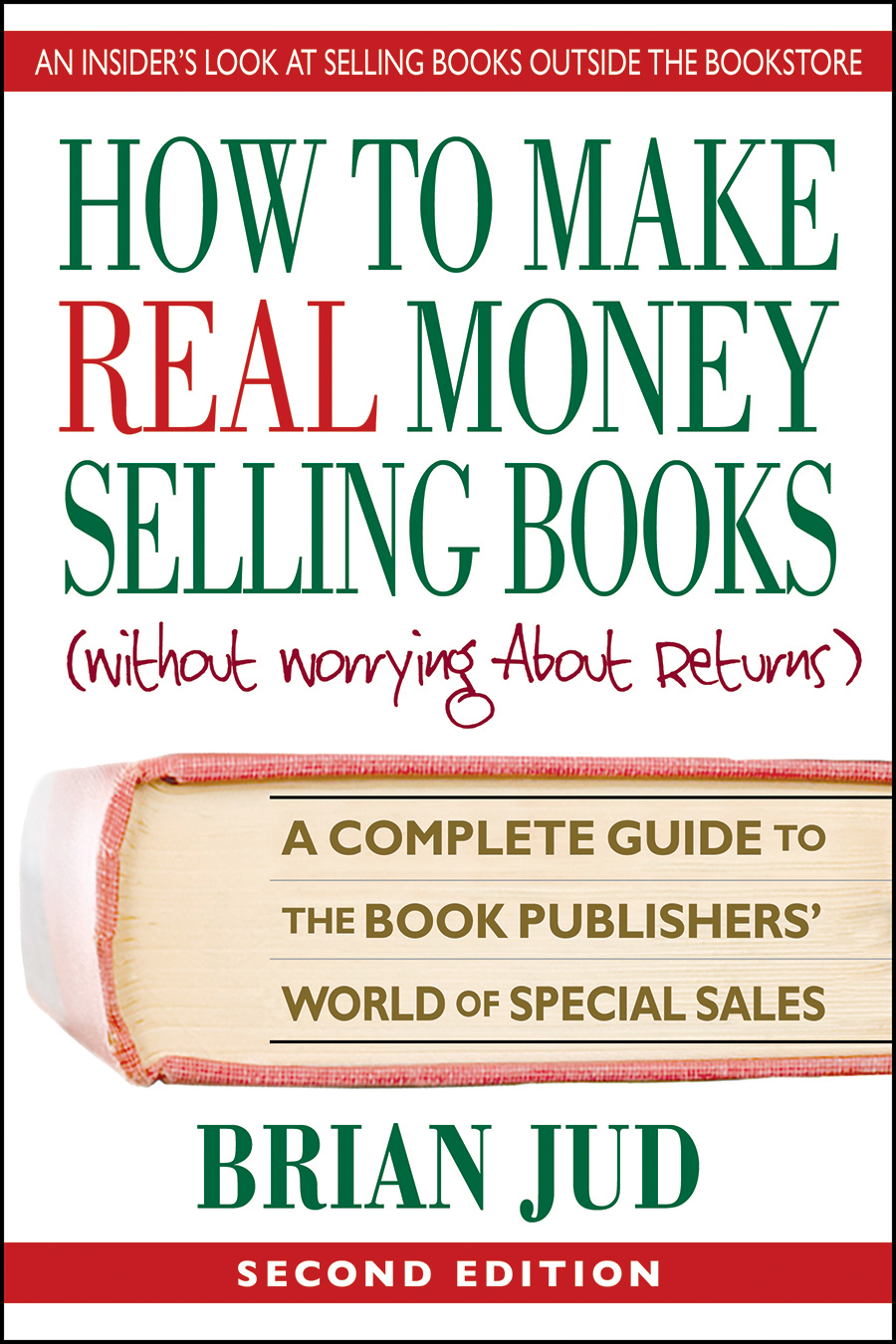|
Don. t Just Do Something, Stand There By Brian Jud A marketing plan is a document that outlines the ways in which your marketing activities may be implemented to reach your company. s goals. According to traditional practice, a plan is divided into two sections. The first is the Strategic Plan that outlines your general marketing strategies, and the second part is the Tactical Plan listing more specific actions. Most people can. t wait to start selling their books, so they skip Part One.
In the battle for increased sales and market share you can emerge victorious over rival publishers by taking the time to create alternative actions and implement those that make the most sense. That, in a nutshell, is effective planning -- and it starts with strategy. Here are seven principles that will convince you to pause to plan your strategy before you begin your journey to success: First, there may appear to be little difference between strategy and tactics, but each serves a function different from the other. Your strategies identify the path that will take you to your objectives and your tactics describe the steps you take on the path. There is a proverb that declares a journey of one thousand miles begins with but one step. But what if that step is in the wrong direction? Strategies make sure you are headed in the right direction before you take action. The overall goal for any publishing firm should be superior long-term return on investment. Only when you ground strategy in sustained profitability can you generate significant economic value. Poor strategic direction often results when goals are delineated in terms of unit or dollar volume, with profits assumed to follow. Second, your strategy must create an important and unique selling proposition for your titles among a particular set of customers. It is a quest for the best way of positioning your titles in the market niches in which you have chosen to compete. Imprecise implementation -- based on ineffective strategy -- will appear as an effort to be all things to every customer, distorting your image and reducing your sales. Third, strategy needs to be reflected in coordinated marketing activity. This requires that you harmonize the ways in which you conduct your product development, distribution and promotion tactics so that people think your books are worth the price paid. With uncoordinated activity you may end up performing the same things your competitors are doing, making it hard to gain a sustainable advantage. You will be more successful if you perform activities that are different from those of your competitors, or perform the same tasks better. Fourth, marketing with a limited budget requires you to make choices. These trade-offs maximize the return on your limited resources, reflect your strategic decision-making and make your publishing company truly distinctive. If you try to do a little bit of everything, you will not be able to create and maintain a distinct competitive advantage. Plan and coordinate the ways in which you will allocate your resources. Fifth, the distribution channels you select reflect your target-market decisions. You would probably use different partners for selling to bookstores and libraries from those you would use for marketing to wholesale stores and academic markets. An interactive distribution system not only increases competitive advantage but also makes your business more profitable. Sixth, strategic planning recognizes that unique titles respond to various promotional tools in different ways. For instance, sales of Title A may be more responsive to a heavy schedule of media performances while direct marketing might be more effective in stimulating sales of Title B. Finally, strategy creates consistency of performance, which in turn defines your reputation. The manner in which you perform your marketing activities reflects your strategic thinking and reveals what you will . and will not -- stand for. Frequent reinvention is usually a sign of poor strategic thinking and a sure route to mediocrity. Continuous improvement is a necessity, but it must always be guided by strategic direction. Before you jump into the implementation phase of your marketing program, take the time to think about what you are going to do. This will coordinate your efforts, make you more effective and efficient, and help you create a solid reputation for conducting your business professionally and profitably.
|
Check out these testimonials...





